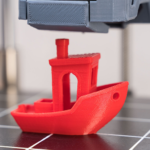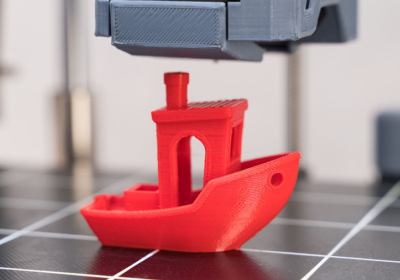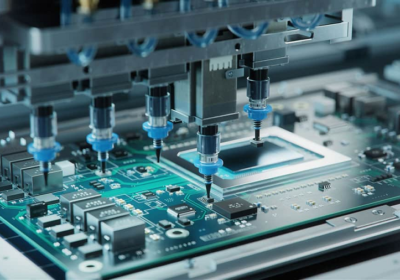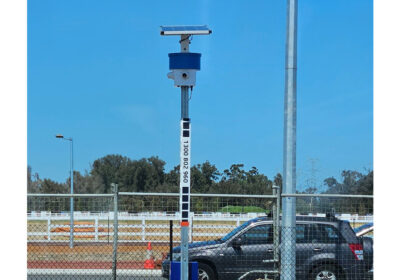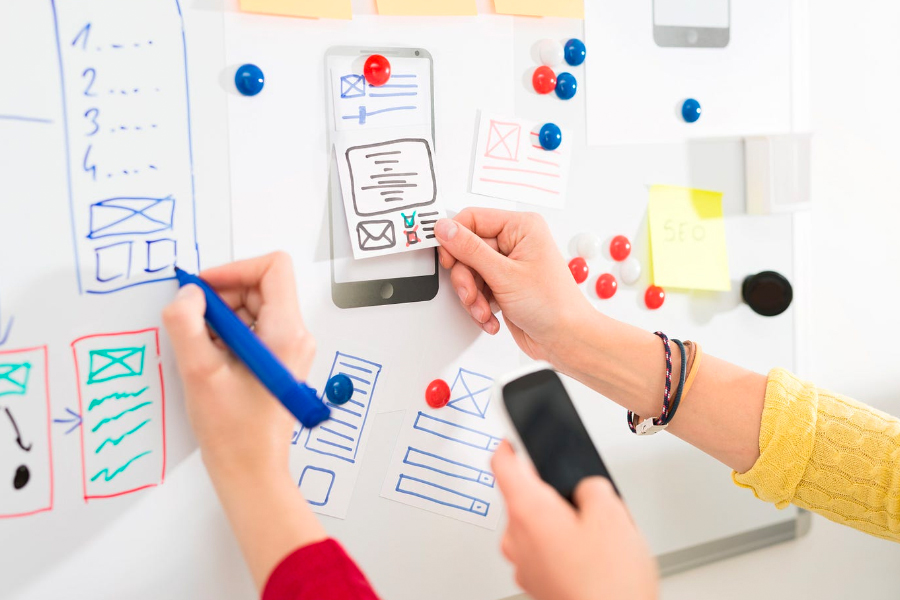
Impact Of Rapid Prototyping In UX/UI Design Creation
Among all the necessary factors involved in forming UX/UI design elements, prototyping is one of the most crucial stages. From the real-life example, let’s understand prototyping in this way. The architecture will only go ahead with the construction of the building or an apartment once and unless the designed blueprint is approved and the employer gives a satisfactory nod. Similarly, prototyping is the intermediary process between design and implementation.
Designers create a preliminary version similar to the final product but with the scope of implementing necessary changes suggested or incorporated by the respective clients. There are some reasons why prototyping is taken very seriously by UI UX designing companies, and they give:
Early validation of the design:
With prototyping, designers have the flexibility to make necessary changes with ease as too much time, and effort is saved for the final implementation, and only the basic idea with prominent elements is included in the prototype.
Sequenced improvement:
Making incremental changes according to the user’s feedback is simplified due to this process. With timely suggestions, it becomes easier to refine the design and improve user experience (UX) over the period.
Testing is another essential factor in design creation; prototyping and testing go hand in hand because, with prototyping only the designers come up with a sample product on which the user’s feedback is collected. What works well, what does not, and the areas that need rework.
Above are a few necessary factors from a designer’s perspective while developing a new UI/UX-designed product. Let’s say you own a design consulting company. You should know for sure that prototyping should be something UX design companies should never compromise on. Let’s find out the reasons below:
1. Client acquisition:
There is cutthroat competition among design companies, especially when it comes to standing out amongst the best UI UX companies in India. Every other organization is ready to pitch in with the best ideas from the best brains working on the backend. So, one can always stay ahead of the competition if the prototype is already available before the bidding even begins. In this way, the idea can be conveyed to the clients with more clarity, and chances are increased for the client’s approval if they are impressed with the basic framework of the design.
2. Bridging the communication gap with the clients and gradually receiving creative enhancement are other benefits of prototyping. Keeping your clients in the loop throughout the design creation process gives them a clear view of their desired products taking shape. This gives them ultimate satisfaction, and designers also have sufficient bandwidth to come up with their best creative ideas.
3. Less conflict of opinion and more productivity is something every organization owner craves for. Whenever a new project is on the desk, procrastination, conflicting ideas, and aimless discussions lead to wasted time and resources. Therefore, it becomes necessary for all the employees to get a head start on testing and implementing the process.
Different types of prototypes, such as sketches, paper, click-through, and interactive prototypes, are used for various purposes and stages of product design building. Low-fidelity and high-fidelity prototyping are sub-divisions that differ in terms of their stage of usage and functionality. Low-fidelity prototypes are generally used with only basic insights during the initial development phase. In contrast, high-fidelity prototypes with more realistic representations are used during the final stage of product development.


